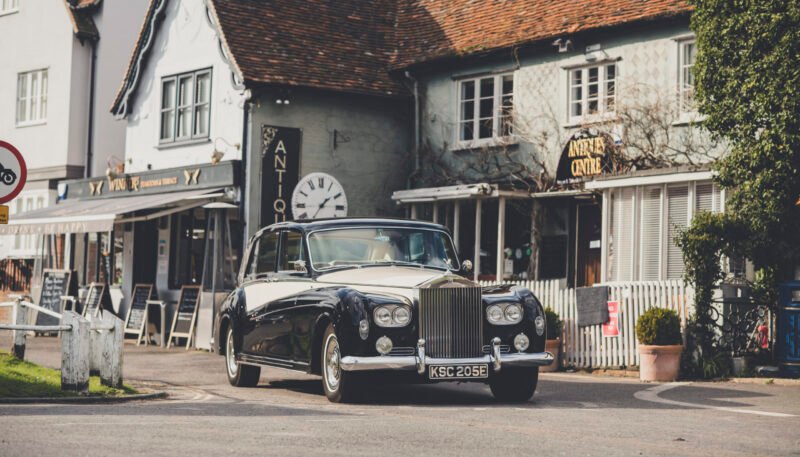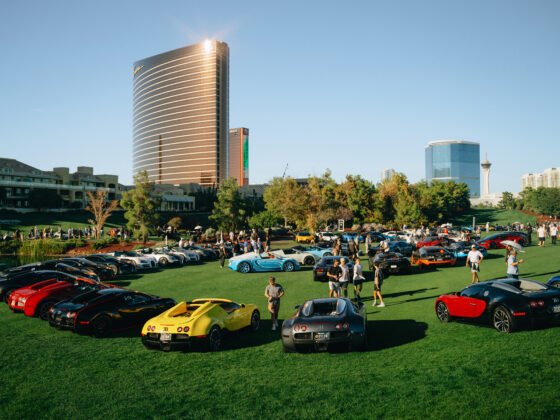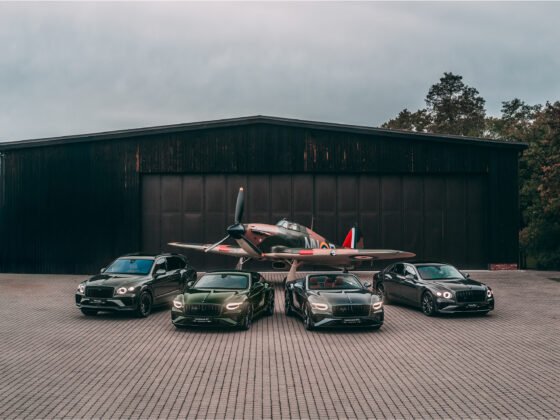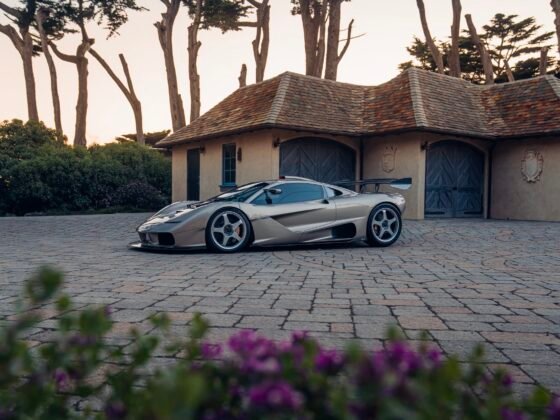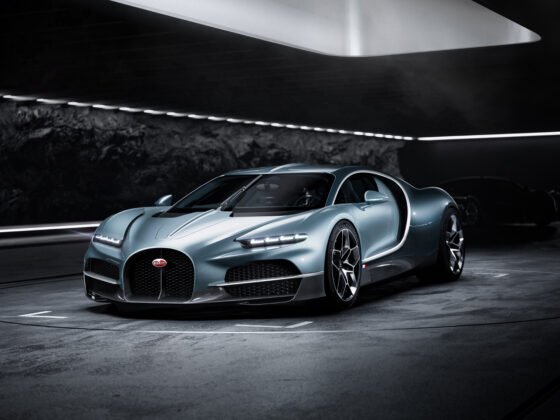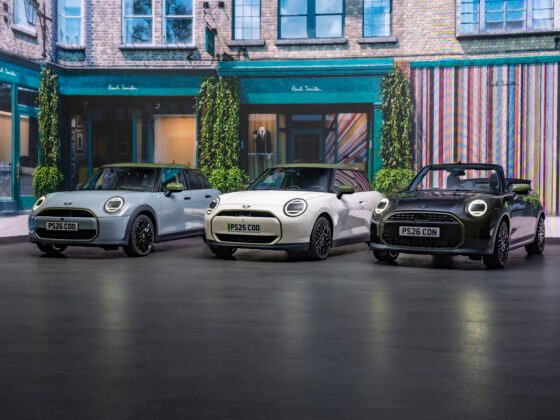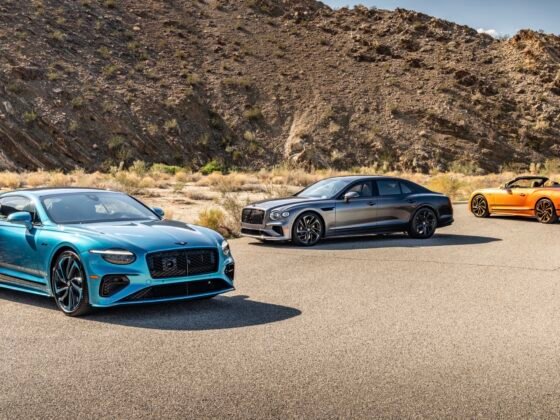In 1925, amidst the opulence of the Roaring Twenties, Rolls-Royce unveiled a creation that would redefine what it meant to travel in luxury. That machine was the Phantom—a name that would become synonymous with majesty, mystery, and enduring influence. But the Phantom was never simply a car. It was a statement, a sanctuary, a symbol that transcended transport. It became the gold standard for those who didn’t just witness history but shaped it.
From the beginning, the Phantom made no effort to shout. It didn’t need to. Its presence was absolute—felt rather than heard. In an age where automotive innovation was measured in horsepower and decibels, Phantom arrived with an altogether different promise: serenity. To step inside was to shut the world out and glide above its noise. And for those who sat behind its wheel—or more often, in its rear compartment—it was a reminder that true power moves in silence.
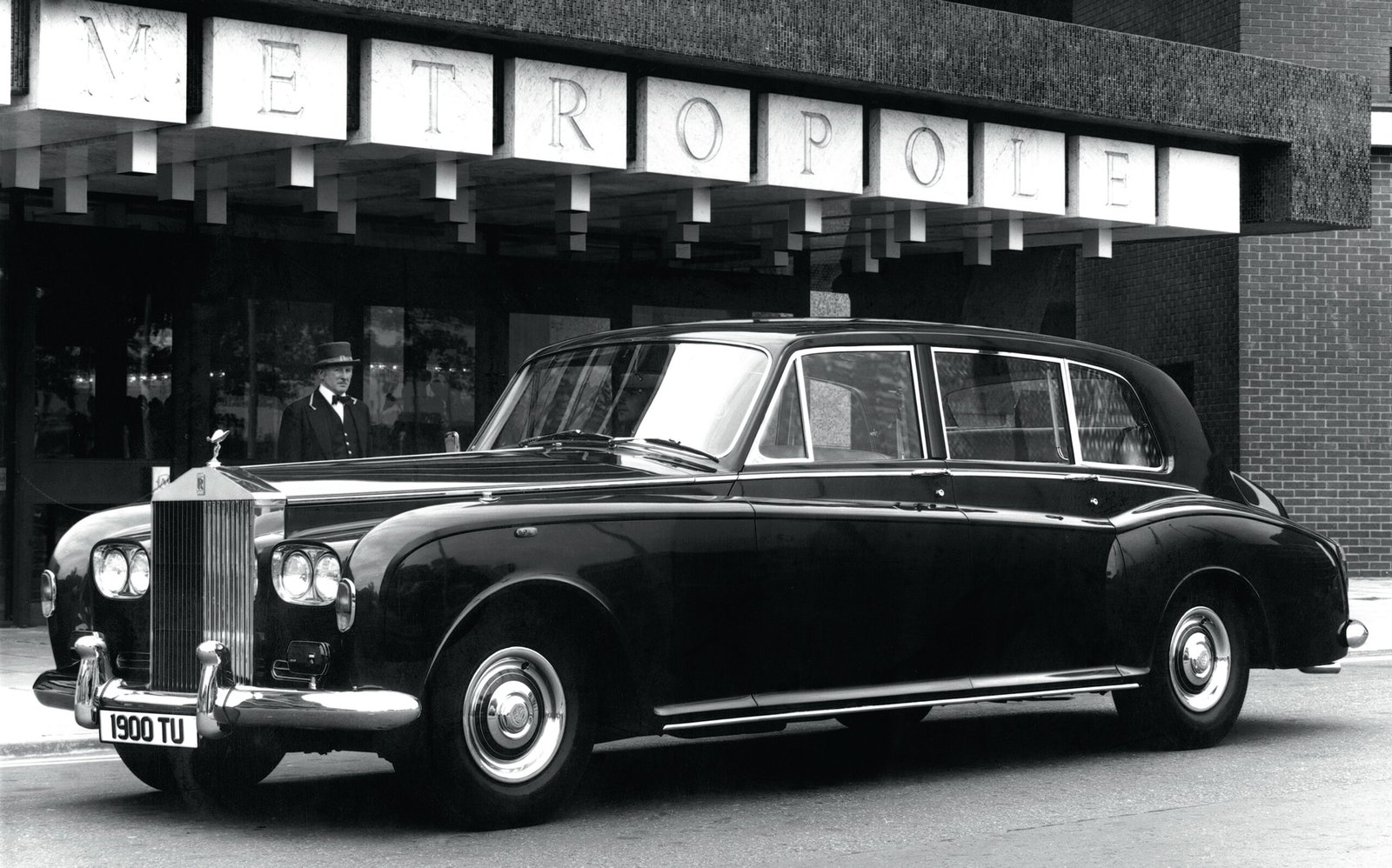
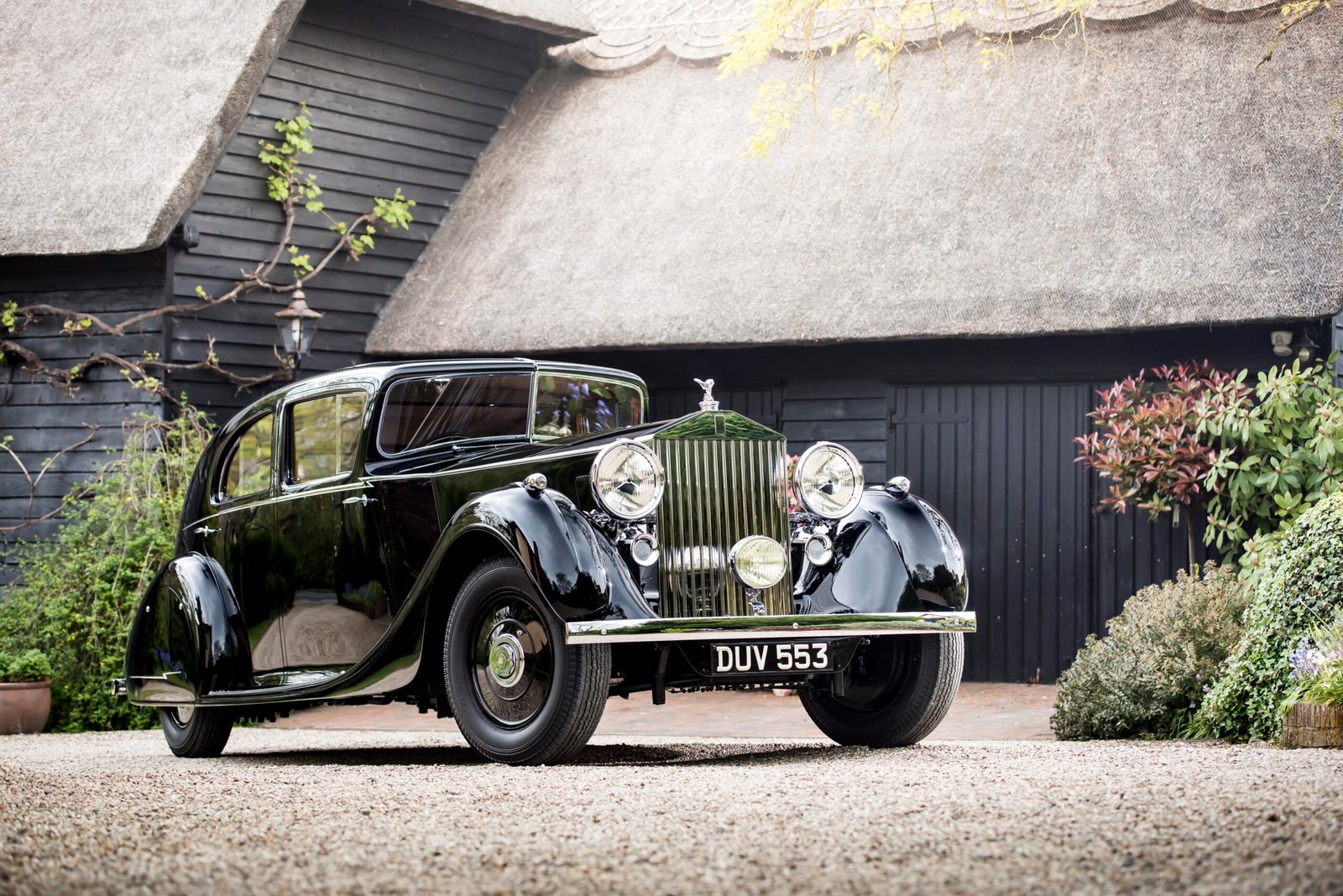
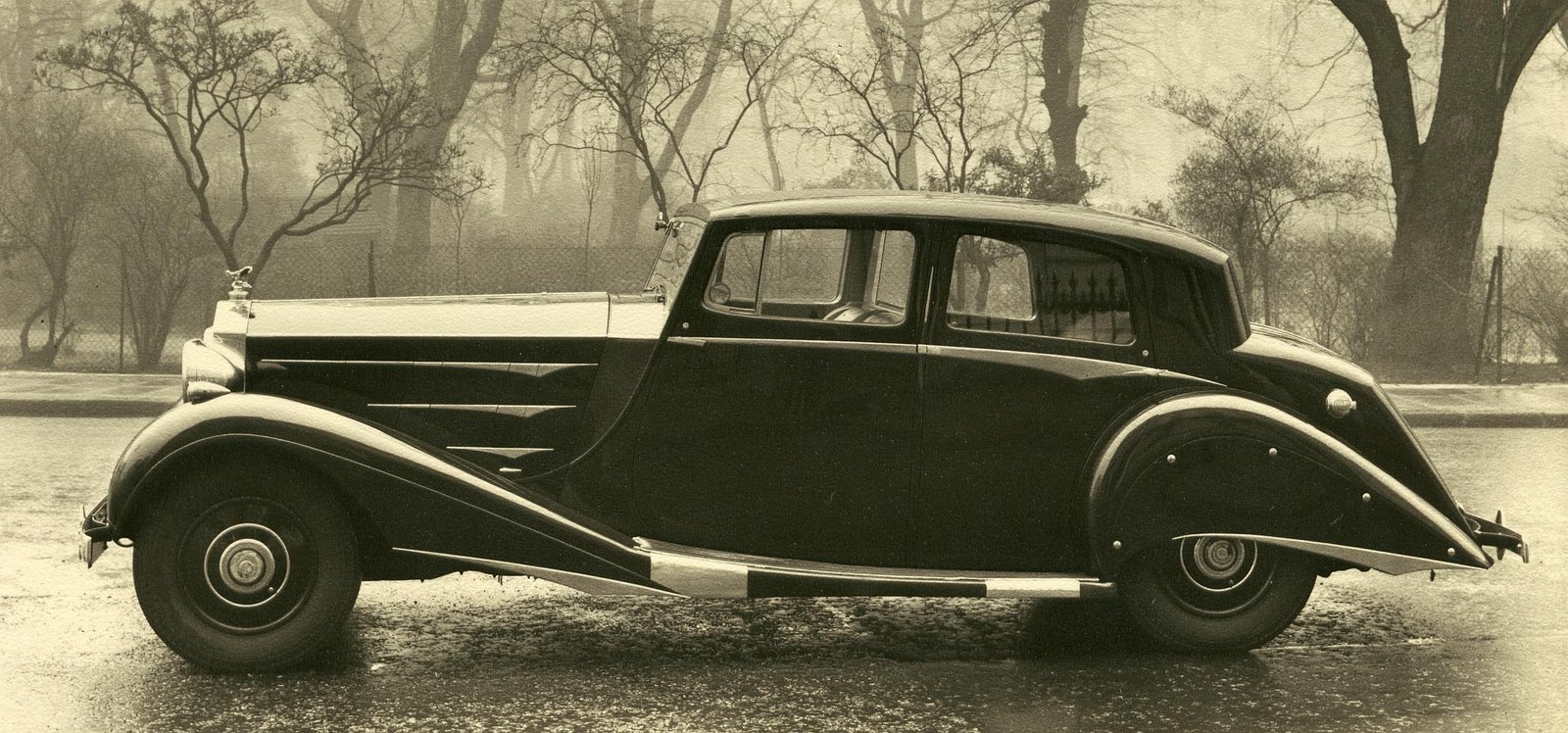
As empires waned and new powers rose, the Phantom stood unwavering. By the 1930s, it had become the preferred carriage for kings, queens, and captains of industry. It moved through the corridors of power as effortlessly as it floated down winding country lanes. When the world plunged into war, the Phantom remained a steady hand. Field Marshal Montgomery used his Phantom III as a tool of diplomacy and command. One car, legend has it, was even armored and equipped with a concealed radio, ensuring that even in wartime, Phantom remained a vehicle of purpose and precision.
By the postwar era, as the world slowly reassembled itself, the Phantom became something more: a symbol of continuity. It ferried monarchs through shattered cities and dignitaries to the front lines of diplomacy. From Buckingham Palace to the White House, it was not merely transport—it was theatre. The understated confidence of its design, the meticulous detailing, the sheer quiet of its engine—all spoke to a nation, and a world, hungry for elegance and order after years of chaos.
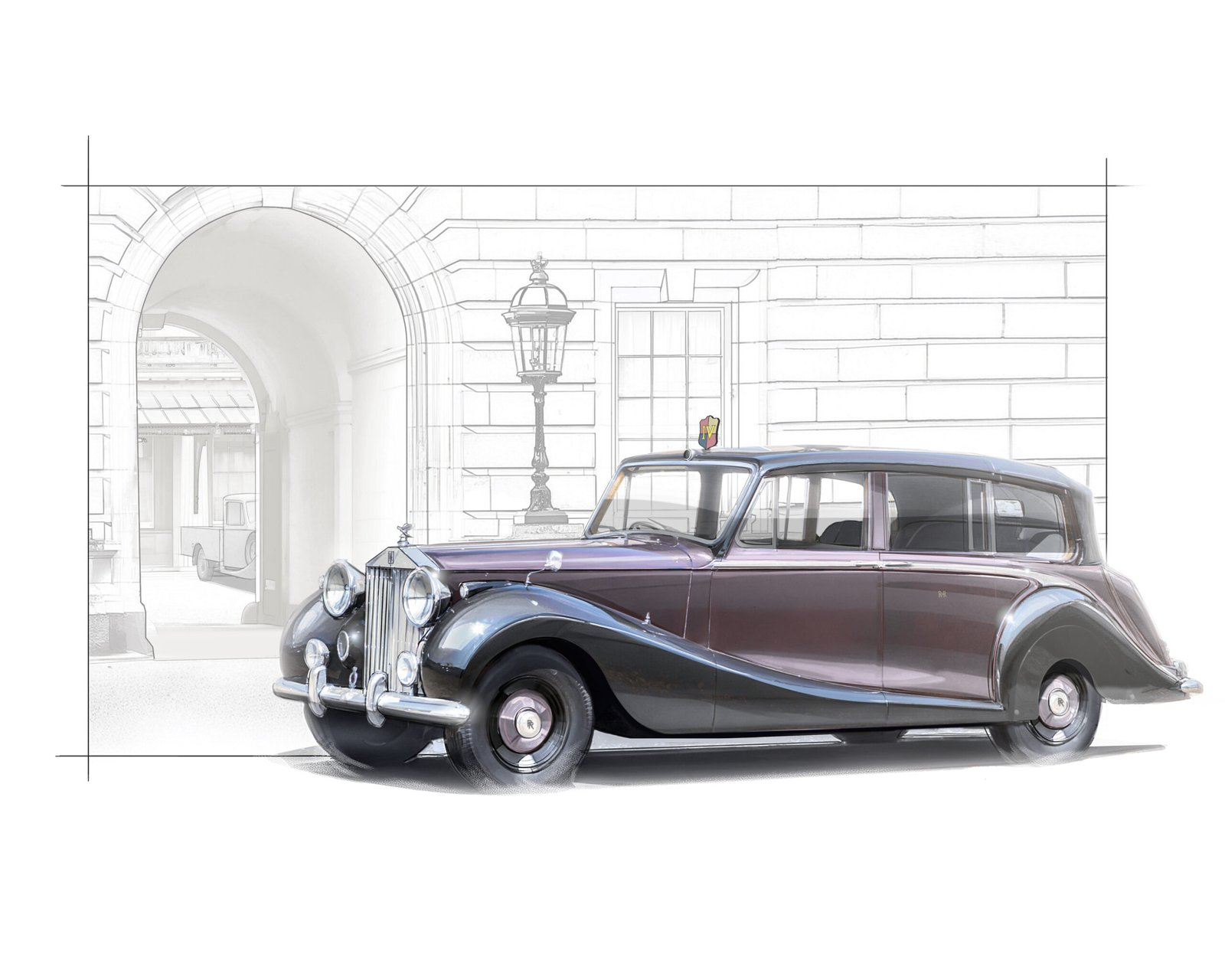
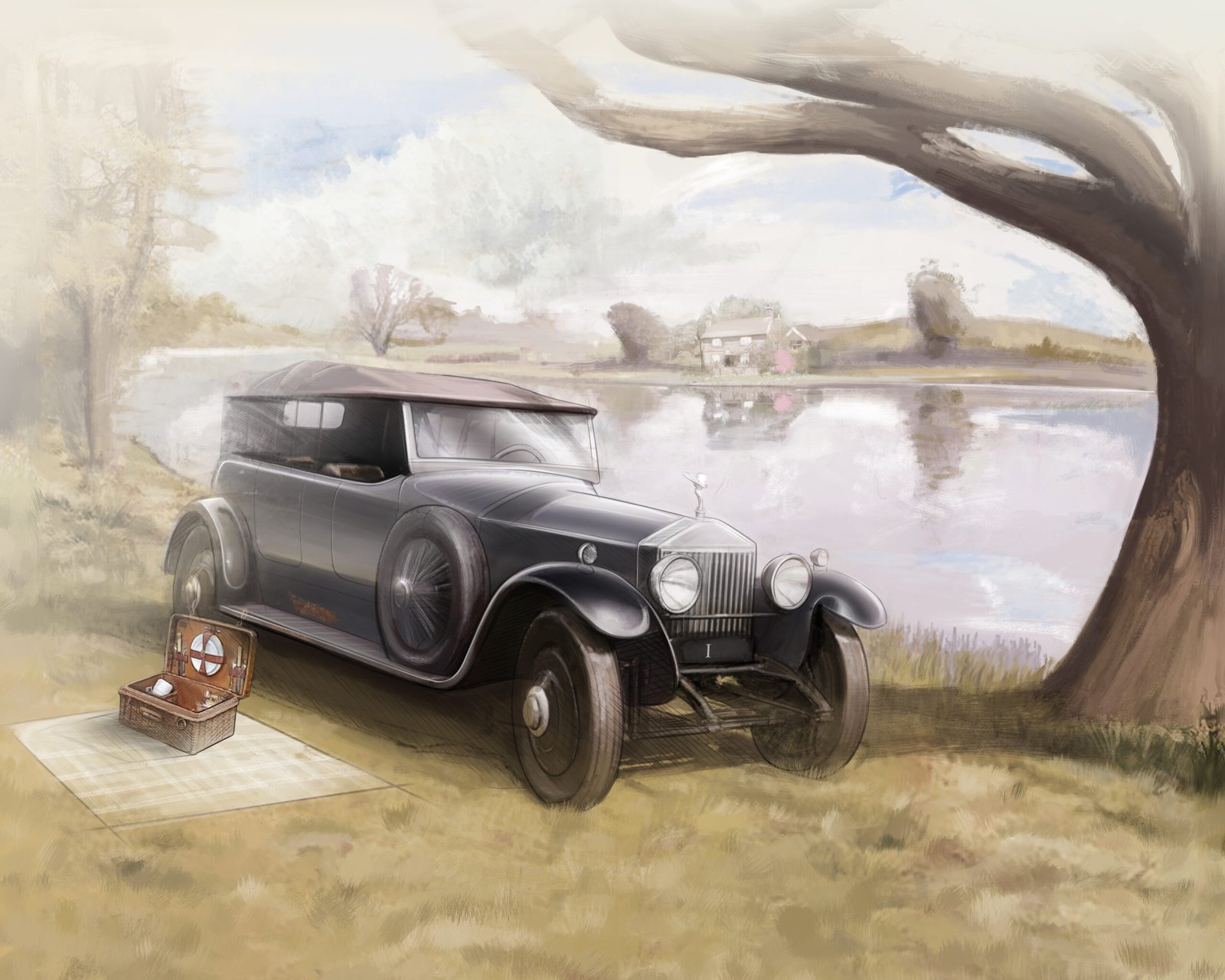
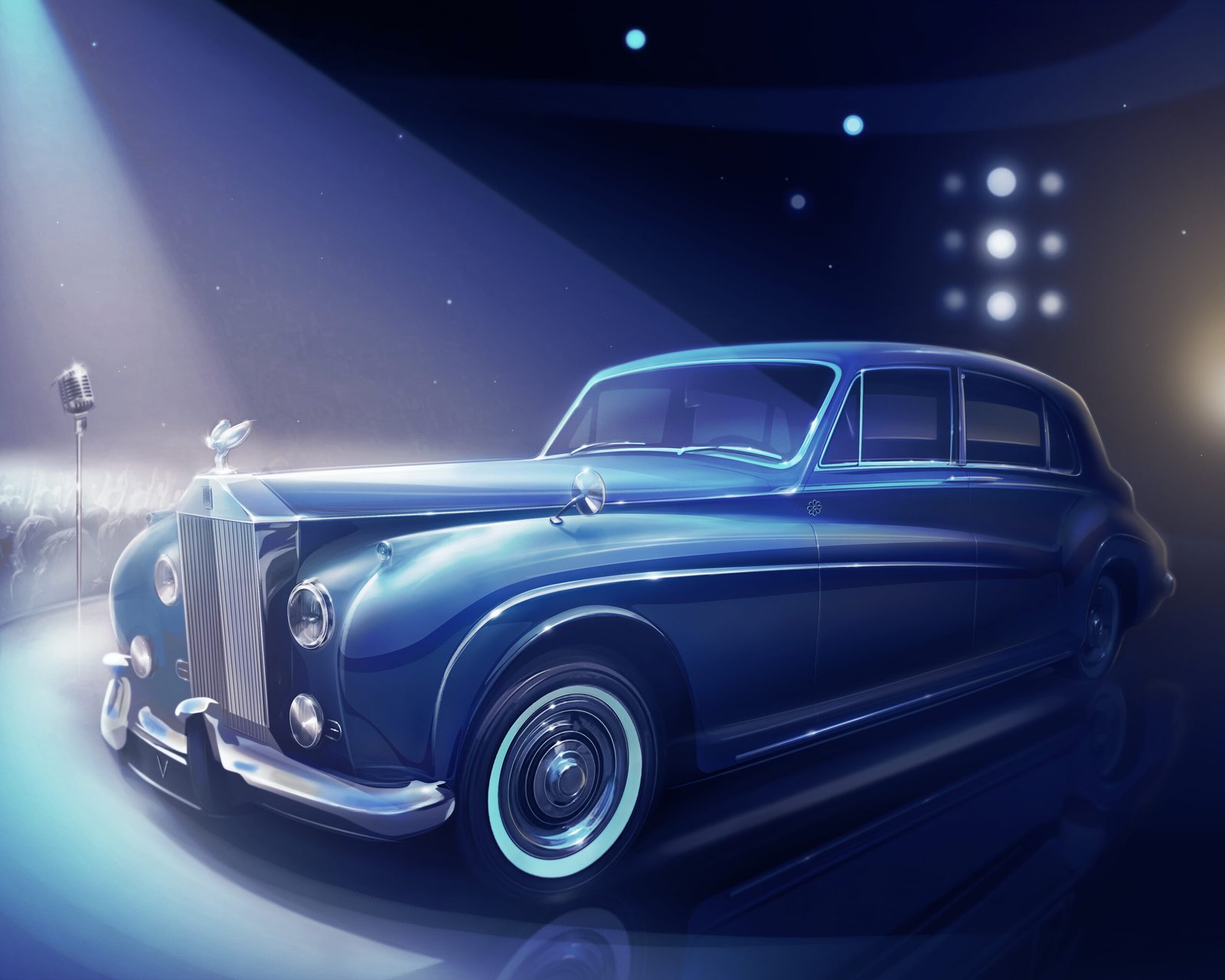
But the Phantom has always been more than a royal procession. It is just as much a canvas for rebellion as it is a carriage for tradition. No story captures this duality better than John Lennon’s infamous Phantom V. Delivered in solemn black in 1965, it was repainted two years later in psychedelic swirls of yellow, orange, and red—an acid trip on wheels. Some called it blasphemy. Lennon called it freedom. It became the emblem of a cultural revolution, parked outside Abbey Road Studios or gliding through swinging London, as iconic as the music it helped inspire.
Hollywood, too, embraced the Phantom as both leading actor and silent confidant. From Goldfinger to The Yellow Rolls-Royce, it became shorthand for grandeur and gravitas. Its gleaming grille and Spirit of Ecstasy figurehead appeared in film reels, newsreels, and album covers, becoming part of the visual language of luxury. In a world growing more chaotic, the Phantom represented permanence.
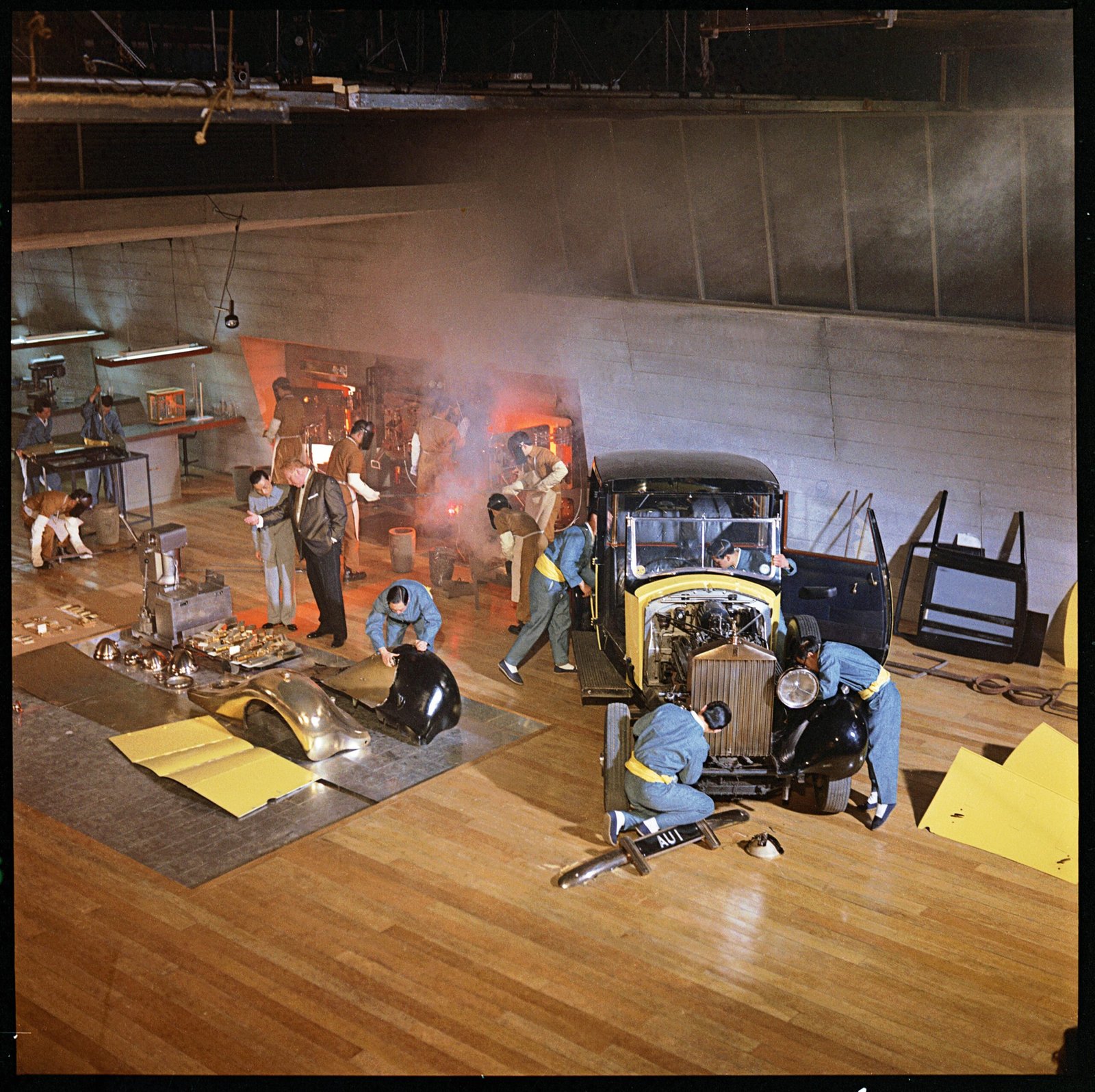
Then came the age of rock and royalty. Elvis Presley added a Phantom V to his collection in 1963, complete with a gold-plated telephone and vanity mirror. It wasn’t just a car—it was an extension of his stage. When his mother’s chickens attacked their own reflections in its glossy paint, Elvis simply had it repainted. For the King of Rock ‘n’ Roll, even mishaps became folklore.
As the world spun faster, so too did the expectations of those who shaped it. The Phantom evolved, never chasing trends, but subtly setting them. When the seventh-generation Phantom launched in 2003—marking Rolls-Royce’s rebirth under BMW—it once again reasserted its status as the ultimate expression of handcrafted modernity. Suddenly, tech titans and creative disruptors were joining the ranks of its clientele, commissioning bespoke interiors in silk and teak, or starlit ceilings that mimicked the night sky above their favourite city.
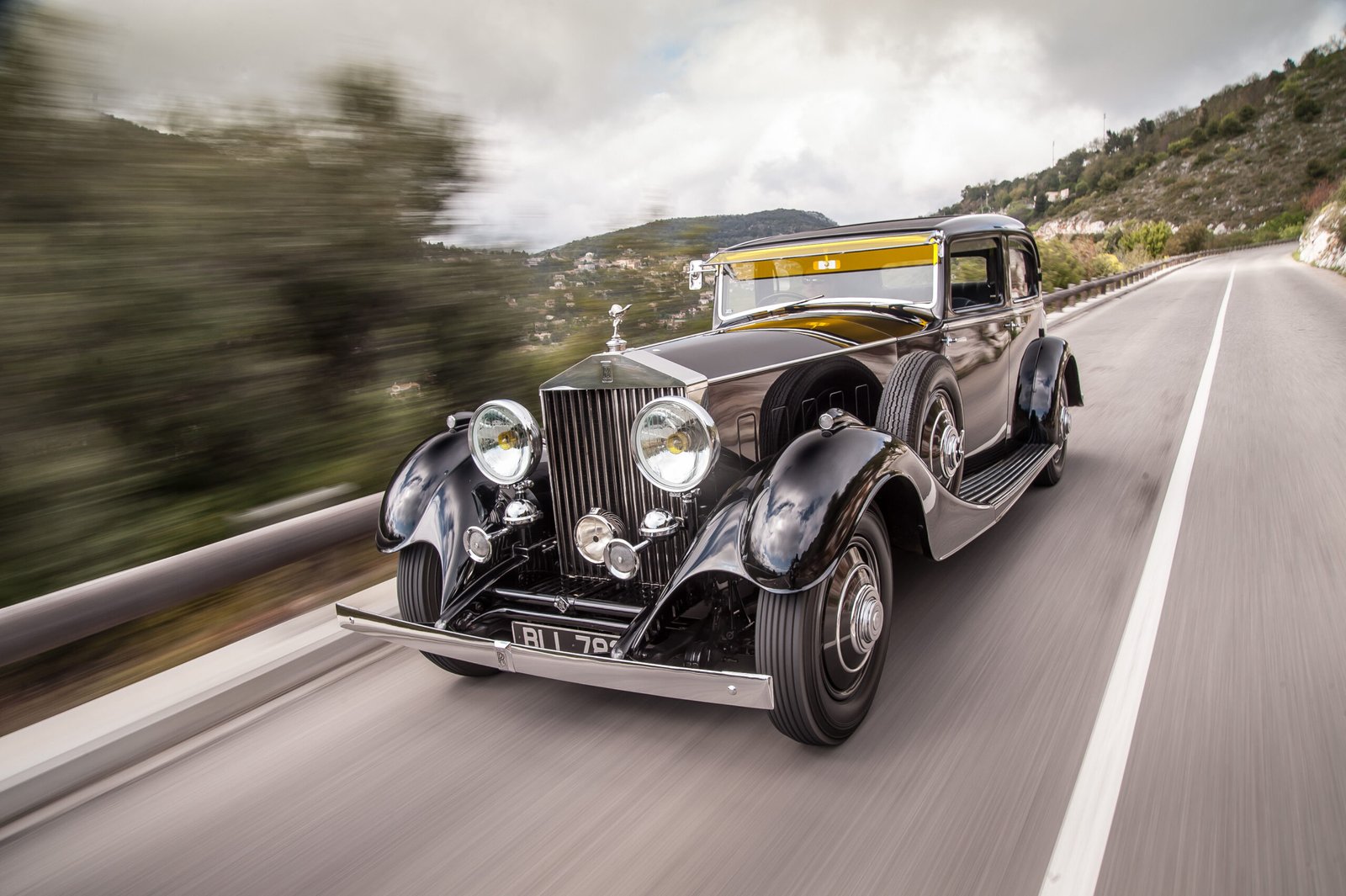
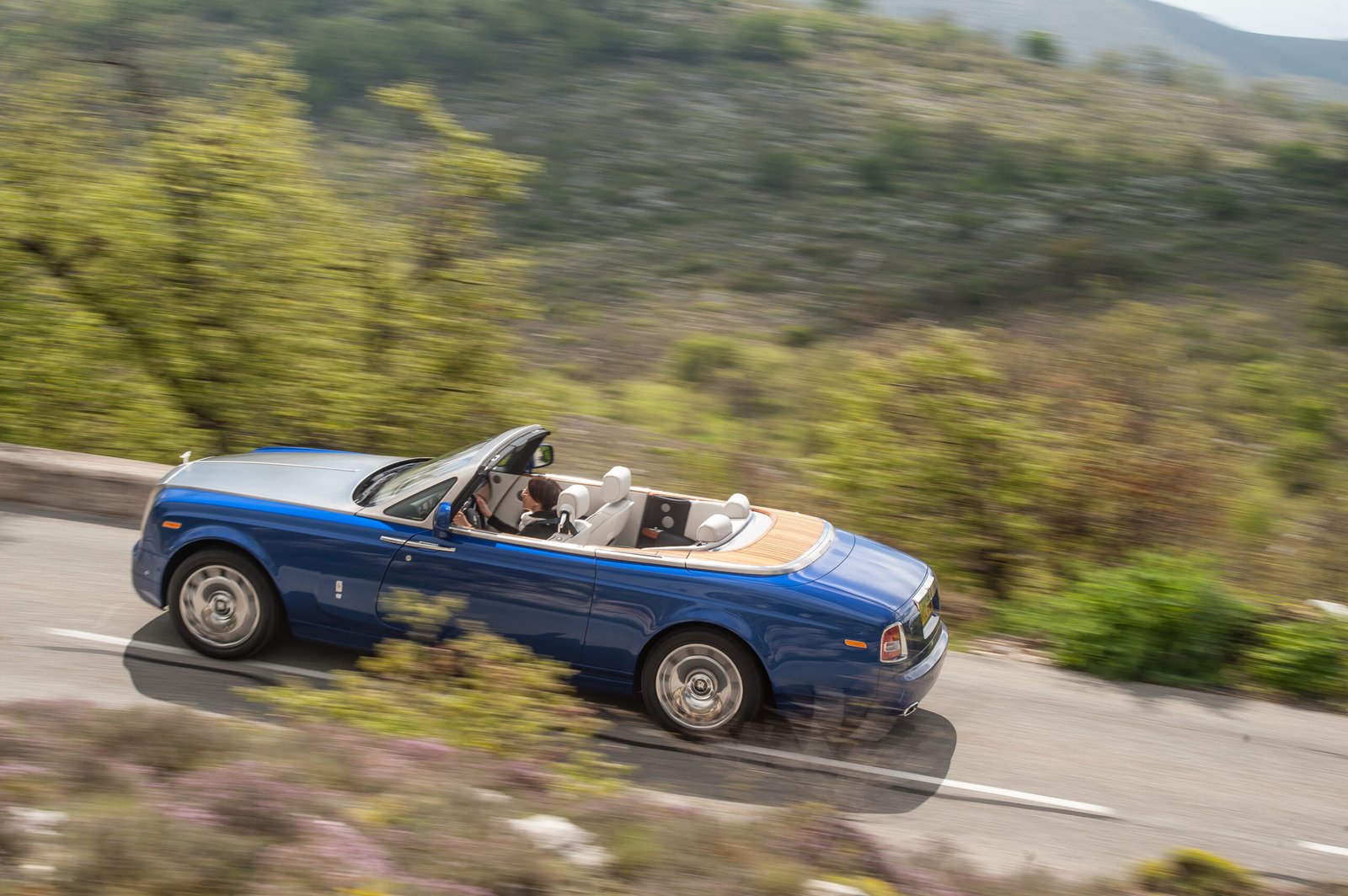
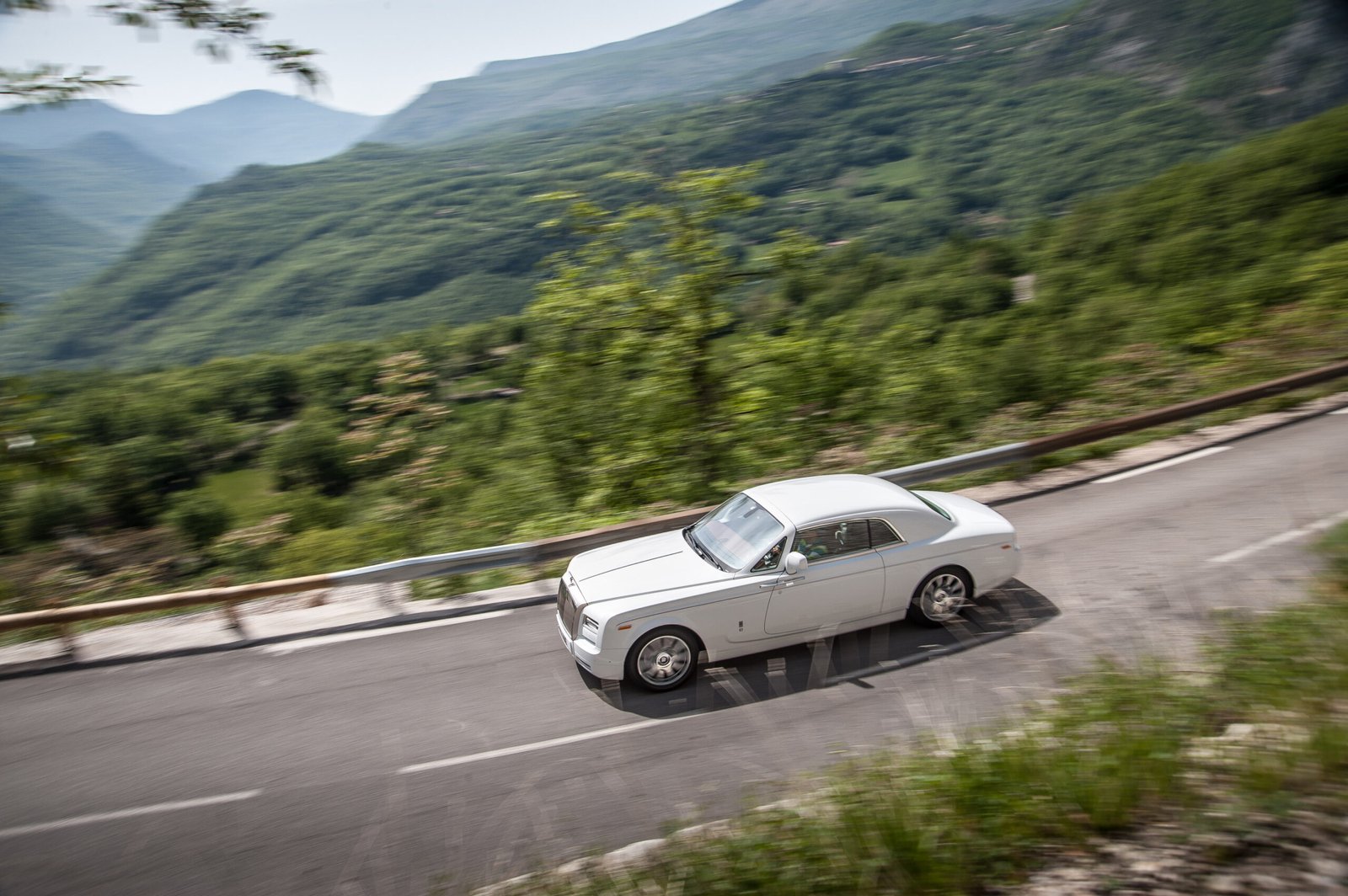
Each new Phantom was less a car and more a commissioned artwork. In 2018, the eighth generation debuted with a bold proclamation: “The architecture of luxury.” It wasn’t mere marketing. The Phantom’s aluminum spaceframe allowed for endless customization, from embroidery that told a family story to rear lounges inspired by superyachts. The Gallery, a full-width glass fascia across the dashboard, allowed owners to embed original works of art. One Phantom held a hand-painted silk installation. Another, a 3D-printed sculpture of gold-plated orchids. Because in a Phantom, even time behaves differently.
And still, the Phantom resists definition. It has been called a boardroom on wheels, a temple of calm, a moving sculpture. But perhaps it is best understood as a mirror—reflecting the values, ambitions, and fantasies of those who occupy it. From Maharajas to moguls, revolutionaries to royalty, the Phantom has served as the quiet accomplice to some of the most influential lives of the past century.
Now, as it enters its second hundred years, the Phantom continues to defy time. It’s no longer just a car for arrival—it’s for those who have already arrived. It doesn’t chase attention, but wherever it appears, silence falls and heads turn. In an era dominated by noise and speed, the Phantom remains a sanctuary of stillness. And perhaps that is its greatest power.
Because in the end, true luxury is not about excess. It is about restraint, purpose, and legacy. And nothing embodies that truth more completely than the Phantom.

